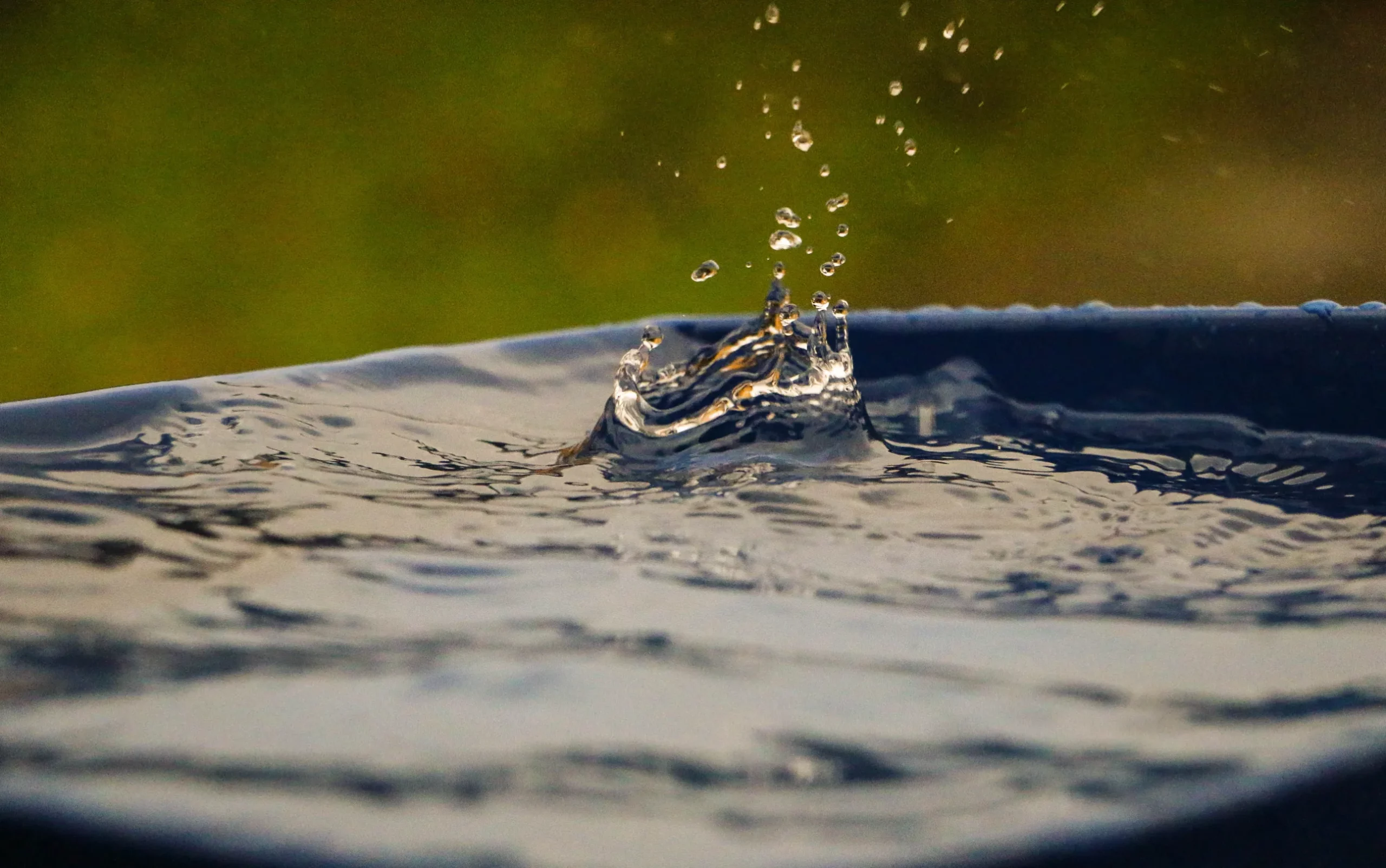About Us
Tank water treatment made simple – TankVac® history
One morning I asked myself why our water tank did not overflow from off the base. I thought a base overflow system should keep the base of the tank clean and when the tank was filling the new freshwater would be retained while the older water was flushed out from the base. Could it be done?
A quick trial using a plastic drum with some 20mm pipe proved that an overflow could draw water from the tank base. We needed to have a system engineered so that the TankVac® could be installed into a full tank all from outside of the tank.

Tried and tested in New Zealand
At Waikato University, engineering staff under the direction of Dr Michael Walmsley carried out the necessary research required to establish the best design for our tank water treatment system in their modern large-scale development laboratory.
What size should the pipes be? What direction should the vacuum holes point? What size should the holes be? How many holes? How to control the overflow so that the tank level did not fall below a particular level? How to package the unit for delivery by NZ Post when the maximum box length for Rural Delivery is 1.4 metres? These were the initial questions we needed to answer.
In conjunction with Dr Walmsley’s team, Dr David Bryant of the Auckland University of Technology, Microbiology Department, became involved with a view to discovering what the effects of base overflow would be on the water quality within a tank. Six test tanks were chosen: concrete and polyethylene tanks in the Warkworth area, the Waitakere area and south of Auckland city.
Dr Bryant took two water samples from each of the six tanks. One sample was collected from the sediment/water on the tank floor. The other sample was taken from the water just under the surface at the top of the tank. Dr Bryant was particularly interested in the levels of E. coli within the tank water. E.coli is the indicator organism of faecal contamination.
E.coli reduction
The average level of E.coli in the water samples taken from the base of the tanks was 450 E.coli per 100ml of water. The average level of E.coli taken from the water near the surface of the tanks was 130 E.coli per 100ml of water. By this time Dr Walmsley’s team had the first Tank Vac units ready for trial and a unit was placed in each of the 6 tanks being used in the trial.
Cleaning a rainwater tank – let the trials begin
The researchers waited until there had been a very heavy weekend of rain and then revisited the test sites and collected water samples, again from water at both the base and near the surface. When the samples were analysed again in the laboratory at the AUT, the engineers and I found the results very surprising.
Not so Dr Bryant, who had expected the results he obtained. The level of E.coli at the base of all the tanks was zero. The level of E.coli in the water from near the surface of the tanks was also zero.
So why had this happened? For us, it was an amazing result. The answer was from Dr Bryant that bacteria, viruses and the spores of Cryptosporidium and Giardia although tiny are subject to gravity and will fall to the tank bottom. This occurs more quickly when they become adsorbed into dust and plant material in the tank water.
Why tank water treatment from the base up is so effective
The tank base overflow system efficiently removes a lot of the sediment and microorganisms from the tank bottom which significantly reduces the microbial load in the tank.
By removing tank sediment, odours and unpleasant taints in the tank water are also eliminated.
Dr Bryant who uses tank water in his Karekare home had an arrangement with a contractor where his water filter was replaced every 2 months. Dr Bryant was phoned by the contractor who asked if Dr Bryant had changed the filter himself as it appeared brand new but was theoretically ready to be changed. Dr Bryant realised that the TankVac® was having a significant impact on the life of his water filter.
Without a TankVac® your water pump will draw into the tank particles of plant material which are sucked up by the pump mechanism and then pushed directly into the filter. It became apparent that with a TankVac® installed the life of the filter was significantly increased. So, it is quite clear that base overflow has a direct impact on the quality of tank-stored rainwater.
Does TankVac® effectively maintain rainwater tanks without drama?
Well, don’t just take our word for it. As we all know, it’s easy for inventors to brag about how great their product is, so the best way to demonstrate the efficiency of TankVac® is through customer testimonials.

Simple Water Tank Maintenance
For those people who have baches with water tanks, it is not ideal to go away on holiday only to drink water that may well be a few years old, devoid of most dissolved oxygen and with odours and tinting. Tinting and tainting of water are caused when the bacteria break down plant material releasing lignins and tannins directly into the tank stored water. Pohutukawa stamens will cause a sweet odour and a reddish colour both of which will not occur with a TankVac® unit periodically clearing the tank base of the old, contaminated water.
So, for anyone collecting and using rainwater, the use of a TankVac® unit which is easy to fit by most homeowners is quite obviously the way to significantly improve water quality. Why allow microbes to live and develop in your tank water only to try to filter them out? Remember the outer membranes of these minute organisms may be collected by a filter but the body fluids can often continue flowing through the tap.
Everything you need to know to keep your water tank and water in best possible condition
Discover how to keep your rainwater fresh and clean. Read pro’s tips from expert at TankVac by downloading your FREE copy.
General Enquiry

CALL 0800 826 582
Your family's health depends on clean tank water The solution? TANKVAC®, the chemical-free water tank care system.